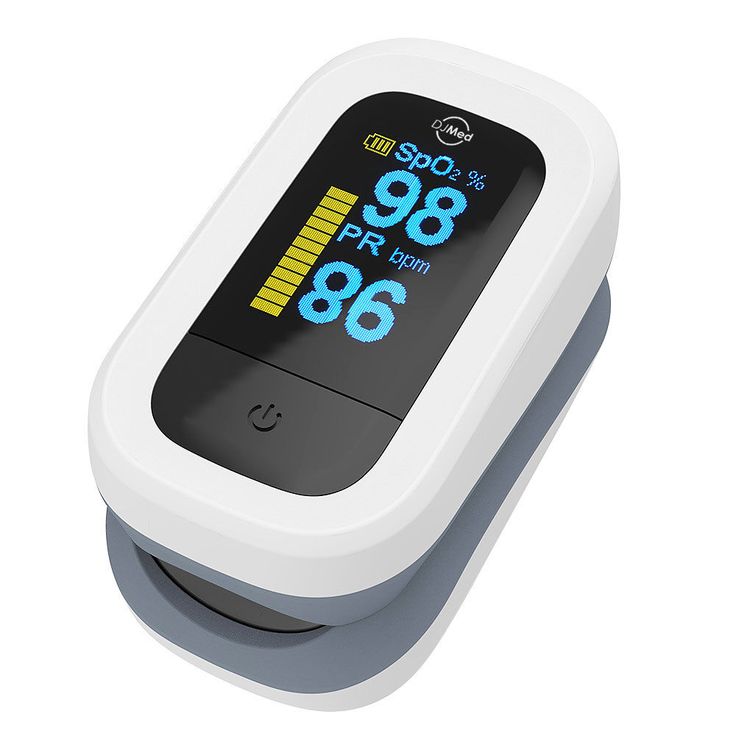
Point-of-Care Testing (POCT) stands as a transformative innovation in modern healthcare, tracing its roots back to the mid-20th century. It was initially conceived as a means to provide rapid diagnostic insights in emergency and critical care settings. POCT has evolved into a cornerstone of contemporary medical practice.
Its rise can be attributed to a number of factors: the growing emphasis on patient-centered care, advancements in technology enabling miniaturization of diagnostic devices, and the recognition of the need for decentralized healthcare solutions.
This article delves into why POCT matters, its edge over traditional lab tests, and what challenges it poses.
What is Point-of-Care Testing?
POCT is about bringing tests to the patient’s bedside or clinic, providing rapid results. lt’s also called near-patient testing or bedside testing. It is medical diagnostic testing at or near the point of care—that is, at the time and place of patient care.
From glucose monitoring for our diabetic patients to quick flu tests and cardiac marker assays, it covers a broad spectrum of diagnostics.
Benefits of POCT
- Immediate Diagnosis and Treatment: By offering rapid diagnostic results , POCT eliminates the need for patients to wait for test results. This immediacy enables healthcare providers to promptly initiate treatment plans. Reducing waiting times and ensuring timely interventions, particularly in critical or emergency situations.
- Expanded Reach: POCT extends diagnostic capabilities beyond traditional healthcare settings. Reaching patients in remote areas where access to centralized laboratories may be limited. Mobile clinics, community health centers, and rural hospitals can leverage POCT to deliver essential diagnostic services closer to patients’ homes, improving healthcare access for marginalized populations.
- Improved Efficiency of Care Delivery: Integrating POCT into clinical processes minimizes delays in diagnosis and treatment initiation. Patients can receive comprehensive care within a single visit. Avoiding the need for multiple appointments or referrals to external facilities for diagnostic testing. This efficiency not only enhances patient convenience but also optimizes resource utilization within healthcare systems.
- Facilitation of Point-of-Care Services: POCT empowers healthcare providers to deliver a wide range of services directly at the point of care. From routine screenings to disease monitoring and management. Patients benefit from convenient access to essential healthcare services without the inconvenience of prolonged wait times associated with centralized testing facilities.
- Empowerment Through Self-Testing: Certain POCT devices are designed for patient self-testing. Allowing individuals to monitor their health parameters independently, such as blood glucose levels in diabetes management or international normalized ratio (INR) in anticoagulation therapy. Self-testing promotes patient empowerment. Enabling individuals to take an active role in managing their health and fostering continuity of care beyond clinical settings.
- Accessible Diagnostics: POCT isn’t limited to big hospitals. It’s a boon in remote or resource-poor settings, ensuring equitable healthcare access.
Limitations and Challenges of POCT
- Ensuring Accuracy: POCT quality hinges on operator skill and equipment condition. Rigorous training and maintenance are key to reliable results. Variation in educational and experience levels of staff performing the tests, as well as potential staff turnover, can impact the accuracy of results.
- Test Menu Constraints: While POCT covers many bases, some complex assays still require lab setups.
- Test results may not be comparable to central laboratory results: Methodologies employed in POCT differ from those employed in the central laboratory. Comparison of results or standardization across POCT sites or locations may not be possible. This variability may impact patient care.
- Patient outcome: POCT does not guarantee improved patient outcomes. POCT provides test results with a faster turnaround time in most instances. A faster test result can contribute to the improved patient outcome, but does not provide the sole factor for this final analysis
In conclusion, Point-of-Care Testing revolutionizes diagnostics, offering speed, accessibility, and patient-centered care. While it’s not without hurdles, the advantages are clear. By embracing POCT, standards of care is elevated, ensuring optimal outcomes for our patients, no matter where they’re treated.


